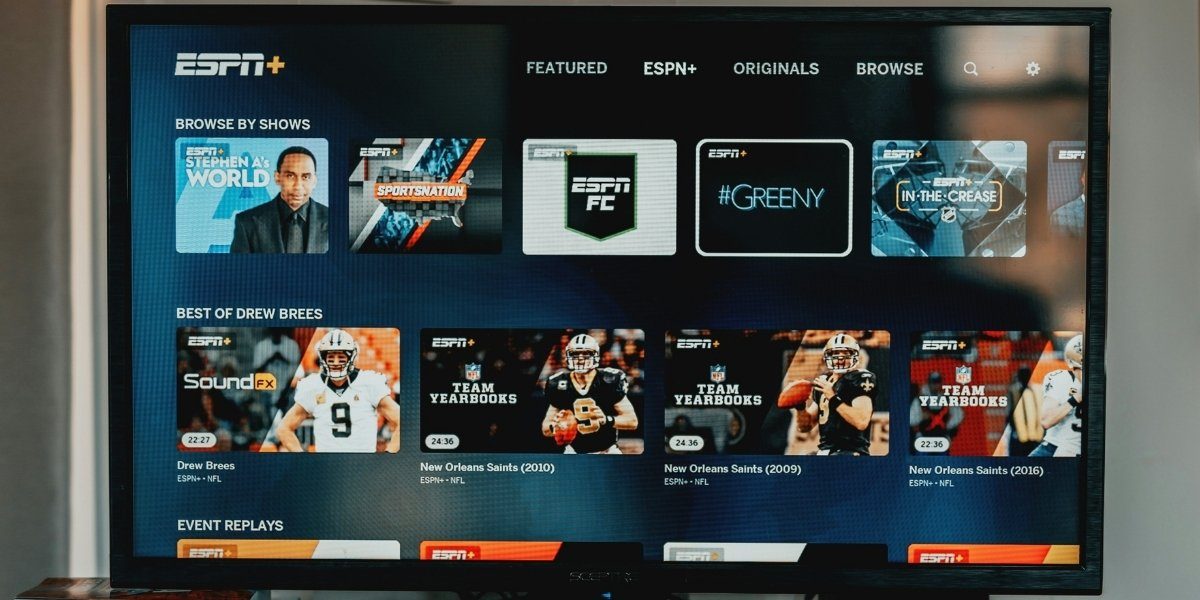The Future of Entertainment: Streaming Wars and What’s Next
The entertainment industry is experiencing a revolution, driven by the rise of streaming platforms. Once dominated by traditional cable TV and physical media, entertainment consumption has shifted towards digital streaming services, giving audiences unprecedented access to a vast array of content. As a result, the streaming wars have intensified, with companies competing for market share, subscriber loyalty, and exclusive content.
With the continued rise of platforms like Netflix, Disney+, Amazon Prime Video, HBO Max, and emerging players such as Apple TV+ and Peacock, the streaming wars are far from over. The future of entertainment is being shaped by a series of trends and innovations that are disrupting the traditional business model. In this article, we will explore the current landscape of streaming services, the factors driving the streaming wars, and what the future holds for both consumers and providers.
Read Also: Bright Leaf Brew Fest: What Makes This Craft Beer Festival in Danville So Special?
The Streaming Boom: How We Got Here
The streaming revolution began over a decade ago, with Netflix leading the charge in shifting the entertainment industry away from traditional broadcast TV and cable subscriptions. Early on, Netflix capitalized on the growing demand for on-demand content, offering viewers the freedom to watch movies and TV shows whenever they wanted, without the need for a cable subscription.
As internet speeds increased and technology improved, streaming became even more attractive. By investing in original content, Netflix was able to differentiate itself from other platforms and grow its subscriber base. Other companies quickly followed suit, launching their own platforms, creating a global streaming ecosystem.
Today, streaming has moved beyond TV shows and movies, with platforms incorporating podcasts, live sports, and even gaming content into their offerings. As of 2025, the number of streaming services continues to increase, making it harder for consumers to choose the right one and raising questions about the future of entertainment distribution.
The Battle for Content: Original Programming as a Key Differentiator
One of the key factors fueling the streaming wars is content. In an age where people can watch virtually anything online, the question has become: what exclusive content can streaming platforms offer to attract and retain subscribers?
Original Programming
Platforms like Netflix, Amazon Prime Video, and Disney+ have made massive investments in original programming to set themselves apart from competitors. Netflix, for instance, created blockbuster shows like Stranger Things and The Crown, while Disney+ has leveraged its vast library of intellectual properties, including Marvel, Star Wars, and Pixar, to produce original series and films that keep fans coming back.
For HBO Max, the lure has been high-quality dramas such as Game of Thrones and Euphoria. Similarly, Amazon Prime Video has invested in hit shows like The Boys and The Marvelous Mrs. Maisel to build its content library.
Expensive Content Deals
As the streaming wars intensify, platforms are also entering into expensive licensing agreements to secure exclusive content. The push for high-quality content has led to an increase in the cost of securing the rights to popular shows and films, further intensifying the competition among streaming giants. This “content arms race” is likely to continue as providers look for new ways to stand out in a crowded marketplace.
The Importance of Niche Content
While blockbuster films and popular franchises dominate the conversation, the demand for niche content is also growing. Streaming platforms are tapping into underserved audiences by offering specialized genres and content that traditional TV networks would never consider. Shudder focuses on horror films, while Crunchyroll has cornered the anime market. Catering to specific interests helps attract more targeted audiences and build loyal subscriber bases.
The Business Model Shifts: Subscription, Ad-Supported, and Hybrid Models
As streaming platforms grow and evolve, so too does their approach to monetization. The traditional model of charging a flat monthly subscription fee is now being joined by alternative business models aimed at increasing revenue.
Subscription Models
The subscription-based model remains the most popular and widely used, with platforms like Netflix, Amazon Prime Video, and Disney+ continuing to rely on subscription fees to generate revenue. However, as competition intensifies and subscribers become more discerning, some platforms have begun introducing additional pricing tiers based on the amount of content or the number of screens a user can access at once.
Ad-Supported Models
Another major shift in the streaming wars has been the rise of ad-supported streaming options. Platforms like HBO Max, Peacock, and Paramount+ offer cheaper, ad-supported versions of their services to cater to budget-conscious consumers. This allows them to tap into a larger audience while still generating significant ad revenue.
Experts predict that this ad-supported model will continue to grow, especially as economic pressures increase. With consumers becoming more sensitive to price hikes, the ad-supported option offers a more affordable way to access streaming content, without sacrificing too much quality.
Hybrid Models
Some streaming platforms are experimenting with hybrid models, offering both subscription-based and ad-supported tiers. This allows for greater flexibility and a wider range of pricing options to suit various consumer preferences. Netflix has already announced its intention to explore an ad-supported model, which could dramatically alter the landscape of subscription-based streaming.
The Future of Live Streaming and Sports Broadcasting
While on-demand content is currently the dominant form of entertainment, live streaming is emerging as an area of growth and opportunity within the streaming wars. This is particularly true for live sports, which have historically been limited to cable networks and broadcast TV.
Sports Streaming
With the rise of services like ESPN+, DAZN, and Amazon Prime Video acquiring rights to live sports, the way fans watch games is changing rapidly. Major leagues, including the NFL, NBA, and MLB, are beginning to experiment with streaming exclusive content, with a growing number of games available only on platforms like Amazon’s Prime Video. This shift allows viewers to watch their favorite teams from anywhere and is reshaping the landscape of sports broadcasting.
Gaming and Interactive Content
In addition to traditional sports, platforms are also beginning to experiment with interactive content. Live-streamed gaming events and esports competitions are growing in popularity, with platforms like Twitch and YouTube Gaming leading the way. The success of interactive content could expand into other areas, such as live concerts, events, and even reality shows that engage viewers directly.
The Role of Artificial Intelligence and Personalization
The next frontier of streaming technology lies in the use of artificial intelligence (AI) and personalization. Streaming platforms are leveraging AI to recommend content based on viewers’ habits and preferences, making it easier for users to find new shows and movies they may enjoy.
Personalization
AI-driven algorithms are continuously improving, allowing streaming platforms to offer even more personalized experiences. By analyzing viewing history, ratings, and even social media activity, platforms can recommend content tailored to individual tastes. Netflix’s algorithm, for instance, suggests content based on what users have watched and rated in the past, helping to keep them engaged and reduce churn.
Interactive and Voice-Activated Features
Another area where AI will play a major role is in voice-activated controls. Platforms like Amazon Prime Video and Google Play are already integrating voice search features, allowing users to control playback and search for content without lifting a finger. As AI continues to evolve, these interactive features will become more intuitive, offering a seamless and engaging viewing experience.
Read Also: How to Choose the Right Dating App for Your Needs and Goals
Navigating the Streaming Wars in the Future
The streaming wars are far from over. As new players enter the market and established platforms continue to innovate, the competition will only intensify. Consumers will have access to an ever-growing array of content, pricing options, and viewing experiences, making it an exciting time for entertainment lovers. However, providers must stay agile, adapt to consumer preferences, and continue to offer value if they are to thrive in the ever-evolving landscape of streaming.
With the rise of hybrid models, exclusive content, sports streaming, and AI-powered personalization, the future of entertainment is being shaped by technology and innovation. As the streaming wars continue, businesses and consumers alike will need to stay attuned to the shifts in the industry to navigate this new age of entertainment.








